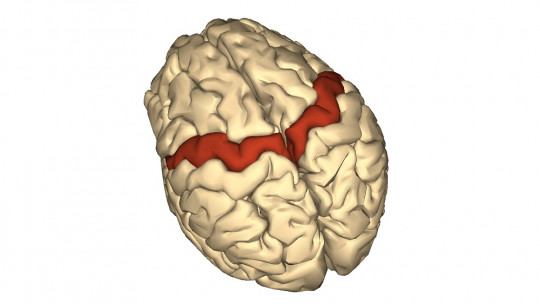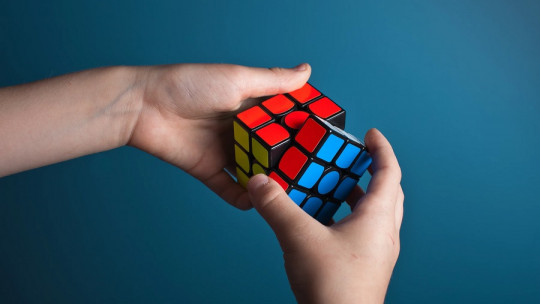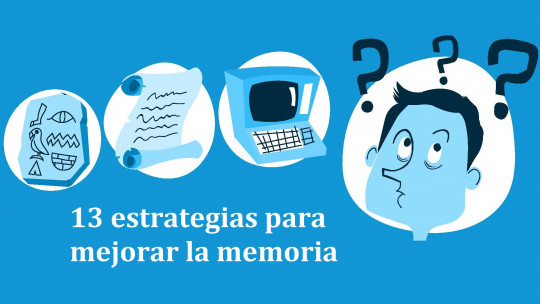
False memory syndrome is characterized by the presence of false memories which can appear both spontaneously and induced. It is a syndrome because it refers to a set of elements that are characteristic of a certain situation, in this case, the evocation of events whose existence is only recognized by the person who evokes them.
It is not a disease or a disorder, since it has not been recognized as a clinical category by specialized international organizations. However, the false memory syndrome has emerged significantly in research in the scientific and legal field, as a consequence of different controversies and controversies generated in these contexts. Below we will see some details about the characteristics and history of false memory syndrome.
False memory syndrome: what is it?
In the 19th century, the first public hypotheses about false memories They were made by Sigmund Freud who proposed that a repressed foundational trauma that occurred in childhood gave rise to the psychosomatic symptoms of the adult women she cared for.
Later, Sigmund Freud himself modified his theory and spoke of these memories as a series of fantasies in which traumatic events underlie, and offered an interpretation for this from his theory of psychosexual development.
Some time later and with the development of different psychotherapeutic approaches, a large part of the clinical approaches were based on the belief that there was repressed trauma and capable of being remembered. That is to say, the intention was present to reveal traumatic childhood experiences through different techniques, ranging from hypnosis to classic individual therapy.
As time went by, all of the above began to be widely questioned, due to the possibility of creating a suggestive environment where the person ended up evoking memories of experiences that never occurred, or evoking them in a distorted way.
The above occurred partly as a consequence of studies on the functioning of our memory. For example, cognitive sciences have told us that, far from being a kind of hard drive that stores and hides memories, our memory is rather a reconstructive and reproductive system It is not infallible, it is built and modified over time and through our own narratives, interactions and experiences; Therefore, it is subject to errors and distortions.
False memories: types and characteristics
A false memory, or a false memory, is any memory report in which there is a partial or total difference with the facts of interest (Pinchansky, Víquez and Zeledón, 2004). In other words, these are memories that are remembered although they have not actually occurred, or that have been significantly distorted
They are images of the past that lack objective existence (their existence cannot be corroborated by the testimonies of third parties), but that a person can evoke, ensuring that they have occurred as reported. For this reason, these are memories that can cause an important and significant emotional experience in the person who reports them. Its formation does not necessarily depend on forgetting although it may be closely linked to this.
There are two basic types of false memories, spontaneous memories and implanted memories.
1. Spontaneous
They are generated as a result of the internal operation of memory, but said operation can be involuntarily evoked by extraneous influence for example through a request from someone external to clearly report some fact.
2. Implanted
They result from a person’s exposure to false information, which is presented in a manner that is consistent and logical with the person’s knowledge schemas. It originates from a third information element which can be a comment made by someone, or for example through a suggestive question.
In this case, the third information element is presented with the intention of provoking or forcing the recognition of a false event. That is, implanted false memories, unlike spontaneous ones, are created voluntarily by someone other than the person reporting them.
False implanted memories were specially studied by the American psychologist Elizabeth Loftus The results of his investigations significantly impacted the legal procedures of the penal system.
Causes
Pinchanski, Víquez and Zeledón (2004), following Brainerd and Reyna (1995), tell us that the general mechanisms of formation of false memories, as well as true memories, depend mainly on the following elements:
In turn, these elements They depend on both cognitive and sociocultural mechanisms, where memory elaboration is combined with the power relations that are established in a given context. For example, in the criminal context, the instruction of a lawyer or the public prosecutor to remember a certain event can be a trigger element to create a spontaneous false memory.
Likewise, psychiatrist Janet Boakes (1999), who is one of the pioneers in studies on false memory syndrome (especially in relation to memories of childhood sexual abuse), suggests that this syndrome occurs largely as a consequence of the suggestion produced in the psychotherapeutic context
According to Boakes, many of the people who report having recovered memories of a previous experience of sexual abuse, which cannot be corroborated by elements external to the person themselves, do so within a therapeutic process, which the same author attributes to the influence of practices, beliefs and the influence of the professional.








